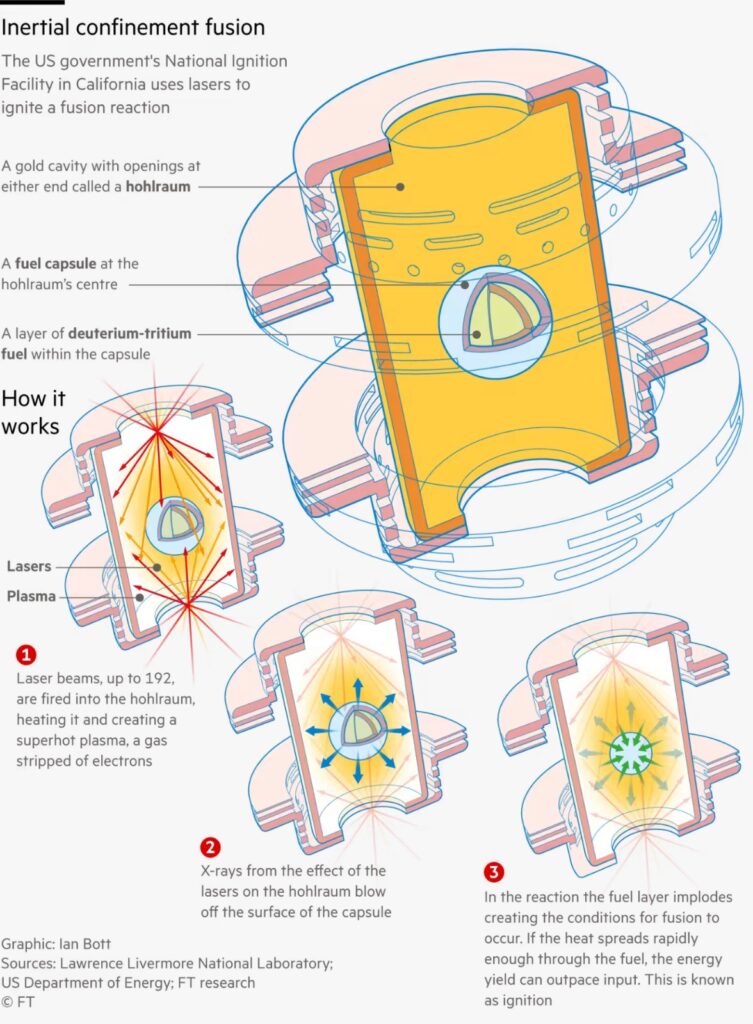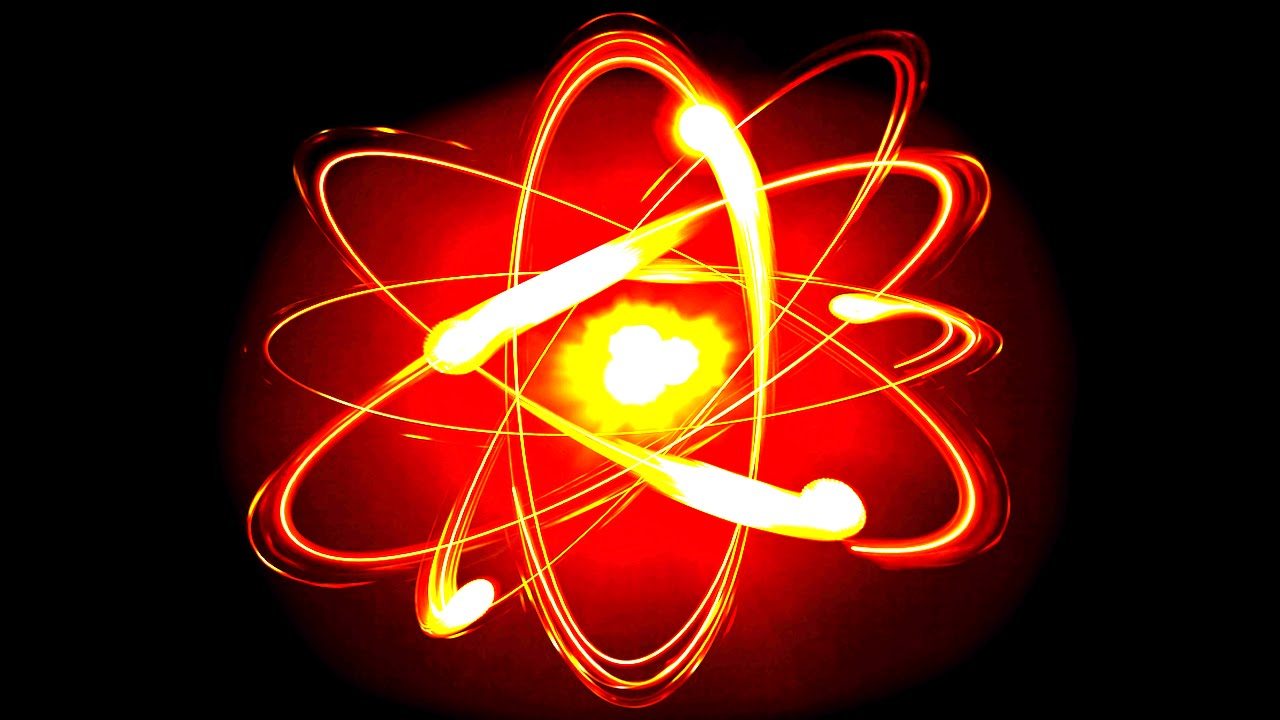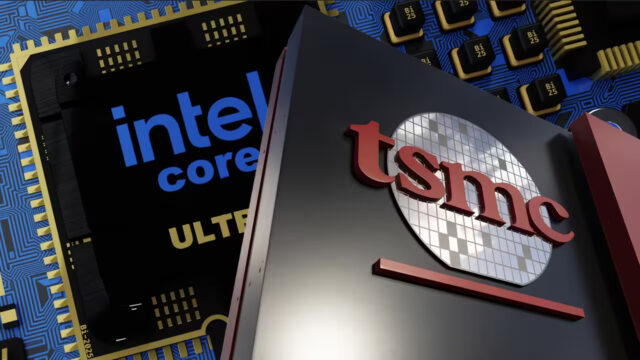Energy crises in Europe and the US are growing, but the latest development is giving people hope. US government scientists have made a breakthrough in the pursuit of limitless, zero-carbon power by achieving a net energy gain in a fusion reaction for the first time. This is a major milestone that proves the process could provide a reliable, abundant alternative to fossil fuels and conventional nuclear energy.
Fusion energy breakthrough by US scientists boosts clean power hopes
US government scientists have made a major breakthrough in the pursuit of clean, limitless power by achieving net energy gain in a fusion reaction for the first time. This is a major milestone, known as net energy gain or target gain, that proves the process could provide a reliable, abundant alternative to fossil fuels and conventional nuclear energy. Fusion reactions emit no carbon and produce no long-lived radioactive waste, and a small cup of hydrogen fuel could theoretically power a house for hundreds of years.

The federal Lawrence Livermore National Laboratory in California, which uses a process called inertial confinement fusion that involves bombarding a tiny pellet of hydrogen plasma with the world’s biggest laser, had achieved net energy gain in a fusion experiment in the past two weeks. The fusion reaction at the US government facility produced about 2.5 megajoules of energy, which was about 120% of the 2.1 megajoules of energy in the lasers. Although many scientists believe fusion power stations are still decades away, the technology’s potential is hard to ignore.
The US breakthrough comes as the world wrestles with high energy prices and the need to rapidly move away from burning fossil fuels to stop average global temperatures reaching dangerous levels. Through the Inflation Reduction Act, the Biden administration is investing almost $370bn into new subsidies for low-carbon energy in an effort to slash emissions and win a global race for next-generation clean tech.
The confirmation of this breakthrough is expected to be announced by energy secretary Jennifer Granholm and under-secretary for nuclear security Jill Hruby at the Lawrence Livermore National Laboratory on Tuesday.
(via)














